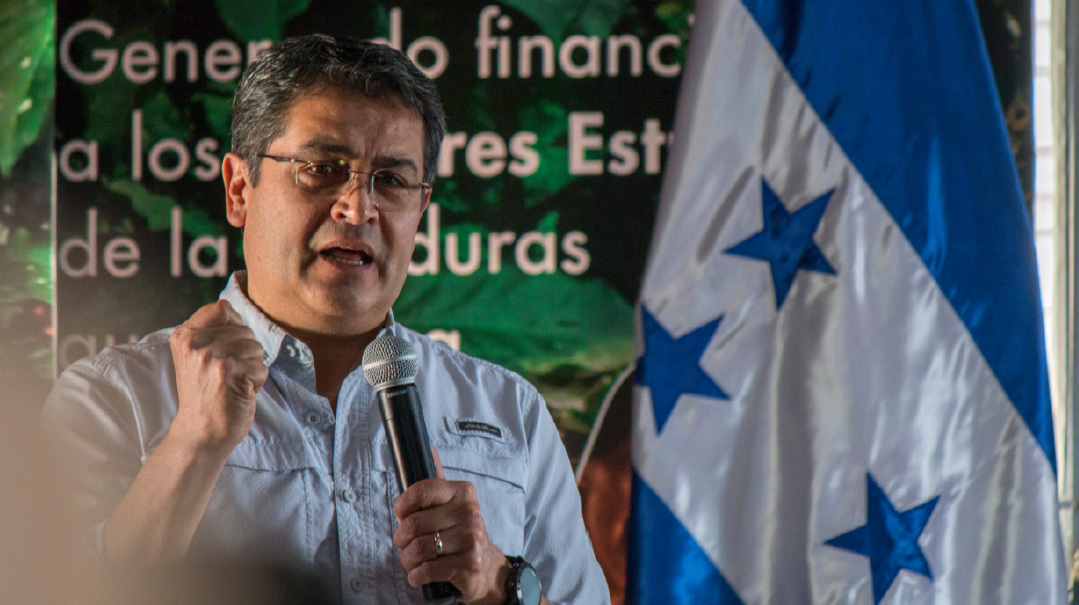Whither the Adults


I n a recent column Robert Samuelson of the Washington Post examines changing attitudes toward what it means to be adult. Not so long ago he notes adulthood was primarily defined in terms of getting a full-time job setting up a household and starting a family. And those events routinely took place in one’s twenties.
Asked to define the indicia of adulthood today only 11.5% of Americans list marriage as extremely important and 33.9% as somewhat important. Having children fares even worse as a defining marker of adulthood. Even having a full-time job is listed as an extremely important indicator of adulthood by only slightly more than half the population.
Of course no one wishes to think of himself as not quite a grown-up especially by the time one reaches his or her thirties. Changing referents for adulthood accordingly reflect changing behaviors. In 1976 85% of women aged 25 to 29 had married. The comparable figure today is approximately half that — 46%. For men the percentage of those in that age group who have married has fallen to less than half of its previous level from 75% to 32%.
In 1975 more than twice as high a percentage of those between 18 and 34 lived with spouses (57%) as lived with their parents (26%). Today a higher percentage live with their parents (31%) than with spouses (27%).
THE PHENOMENON of people in their twenties still living in their childhood homes reflects in part the rising unemployment and underemployment among younger people. While most college graduates still find employment many of the jobs they take do not require a college education or anything close to it.
The failure to find or hold jobs is connected to declining marriage rates. As Charles Murray points out in his 2012 work on class differences in America non-college-educated women increasingly judge their male counterparts not to be marriage material: They offer little in the way of security or stability. Only 45% of children in Fishtown Murray’s fictional lower-class community start out living with both biological parents but over the longer term only 30% end up that way.
A vicious cycle has set in for Fishtown’s young males: They are adjudged too irresponsible to be marriage material by Fishtown’s young women which makes them behave even less responsibly which in turn makes them less suitable marriage material.
Among the college-educated a different dynamic is at work. As women come to outnumber men on campuses men become a hot commodity. Among Americans in their twenties there are four college-educated women for every three college-educated men; for those in their thirties the ratio is 5:4. And as Jon Birger points out in Date-Onomics throughout history there has been a constant pattern: The culture is less likely to emphasize courtship and monogamy when women are in oversupply.
Though among religious groups including the “yeshivishe oilem ” the norm of marriage and monogamy remains despite greater numbers of marriageable women than men that disparity cannot help but affect us — and in ways that undermine traditional religious values.
For instance among Mormons there are approximately 150 available women for every hundred men. In most cases those women will not consider marrying someone who is not a committed Mormon. But as a consequence of their religious idealism they find themselves turned into commodities forced to compete fiercely for the attention of marriageable males on the basis of their physical appearance.
As a consequence even young Mormon women submit to plastic surgery and various forms of physical augmentation. Salt Lake City has 2.5 times the national average of plastic surgeons and its residents spend almost 12 times as much on beauty products as those of Oklahoma City which has a slightly larger population.
In the non-chassidishe Torah world where a similar disproportion of women to men seeking to marry exists (though not of the same magnitude as among Mormons) the effects are felt in two ways. The first is in the steep demands for financial support made by parents of boys.
And the second is that young women are driven to compete in physical attractiveness as with the Mormons. Dr. Ira M. Sacker an eating-disorder specialist quoted by Birger found in one Orthodox community that the rate of eating disorders was 50% higher than the national average.
The overemphasis on physical beauty does not augur well for marriages based on that as the primary criterion of choice. In most respects people improve as they age: They become wiser kinder less self-centered. But few of us grow better-looking. Those who base their marriage choices primarily on physical beauty are likely to end up rudely surprised and disappointed down the line.
I MUST DISAGREE with those committed “singles” who would for the sake of their self-images leave marriage out of the definition of adulthood. (Here I’m certainly not addressing those who are eager to marry and have not yet found their bashert.)
The very essence of the decision to marry is to make a lifelong commitment to another human being to build a home and family together and to subvert one’s own needs and desires to those of both one’s spouse and children. The inability to make such a commitment is the hallmark of youth. When I was young and contemplating the choice between law school and academia one of my bemused professors quoted to me Josי Ortega y Gasset’s description of youth: “The charm and insolence of youth is that it is everything in potentiality and nothing in actuality.” The youth finds himself poised before a set of doors unable to walk through any because to do so is to foreclose the other doors.
But only by making decisions to pursue certain possibilities and cut off others do we give shape to a concrete self — become a tzurah in the Maharal’s terminology. Despite their advanced civilization the Egyptians were pure chomer unshaped matter — the Navi compares their flesh to that of donkeys (chamorim). That quality is expressed in extreme licentiousness i.e. the pursuit of every passing whim.
I will never forget the withering derision that Rav Moshe Shapira would direct at men who equated promiscuity with masculinity. To the contrary he taught such males are the anti-man because they show themselves as lacking any tzurah any true self.
I remember the first time I peered into my oldest son’s crib and he started spasmodically moving his arms and legs to his chest as if he could not contain his joy at the sight of me. And his joy was more than reciprocated by my own.
I was then close to 30 and I could not help but think of the women with whom I had been friendly in college and law school. None had children yet. Most of them had been sold a bill of goods that children were an afterthought for later after one had first found true fulfillment in a career.
I have the same sense of sadness with a tinge of anger when I think of all the secular young and not-so-young men who think they are in the clover because they can enjoy the company of many women without any commitment. But I also think of yeshivah students and their mothers luxuriating in all the resumes sent their way but paralyzed by the thought that something better may still be out there.
What they miss is that the greatest joy in life can only come with commitment. Only then can one set about building with a partner and discover what is meaningful enough about one’s life to want to pass on to future generations.
Won’t someone please tell the boys that growing up and becoming a man is the source of so much more happiness than they can possibly imagine?
Rav Shlomo Pappenheim ztz”l
I do not think I have ever met another person who combined so many disparate qualities in such a fascinating way as Rav Shlomo Pappenheim who passed away last week. To speak with him was like coming to an oasis in a desert. He was original and fearless.
He lived in the simplest possible apartment in Meah Shearim and was a central figure in the Eidah Hachareidis for close to 70 years. Yet he was an intellectual of the first rank fluent in many languages and widely read. He was a ubiquitous presence at all gatherings of individuals across the religious and political spectrum in Israel and commanded respect whenever he spoke for his dignity and insight.
Unlike most intellectuals however he was a man of action. He founded Bayit Lepletot whose dormitory provided a home for thousands of girls who were either orphaned or whose parents could not raise them. Nearly a decade ago he told me that he had already attended the weddings of 2 500 young women who grew up under his watchful eye. And if that is not enough he also established the first convalescent home in Jerusalem for new mothers to allow them to regain their strength after birth before rejoining their families.
Nine years ago I went to meet with him in the midst of street demonstrations in Meah Shearim many of which had turned violent. He offered four reasons why that round of burning of garbage dumpsters contravened the traditional tactics of the Eidah Hachareidis. But I wish to quote one — not for the first time — which he told me in the name of his revered teacher Rav Yosef Tzvi Dushinsky the late chief rabbi of the Eidah and the first Dushinsky Rebbe.
Rav Dushinsky taught that Redemption will only come when all Jews experience a spiritual arousal and a desire to draw close to Hashem. Never has the time been so ripe Rav Pappenheim felt. The “isms” that once drew Jewish youth had lost their appeal. The spiritual hunger of Israeli youth manifested in their travels to the Far East in search of enlightenment had already been foretold by the Prophet: “Behold days are coming... when I will send hunger into the Land; not a hunger for bread nor a thirst for water but to hear the words of Hashem” (Amos 8:11).
If we who claim to represent Torah he told me make Yiddishkeit appear as something ugly and violent to the larger Jewish world we guarantee that those who hunger for the words of Hashem will not seek it among us but in foreign pastures. And in so doing we push off the Redemption with our own hands.
His originality independence and breadth of vision will be greatly missed.
Originally featured in Mishpacha Issue 659. Yonoson Rosenblum may be contacted directly at rosenblum@mishpacha.com.
Oops! We could not locate your form.







